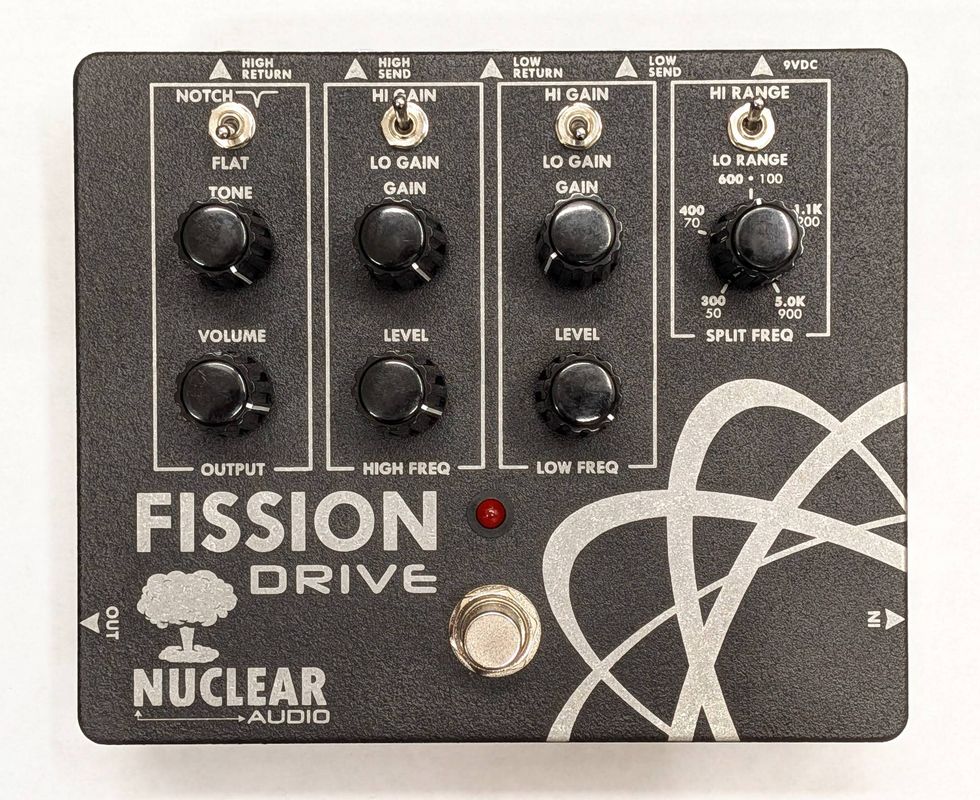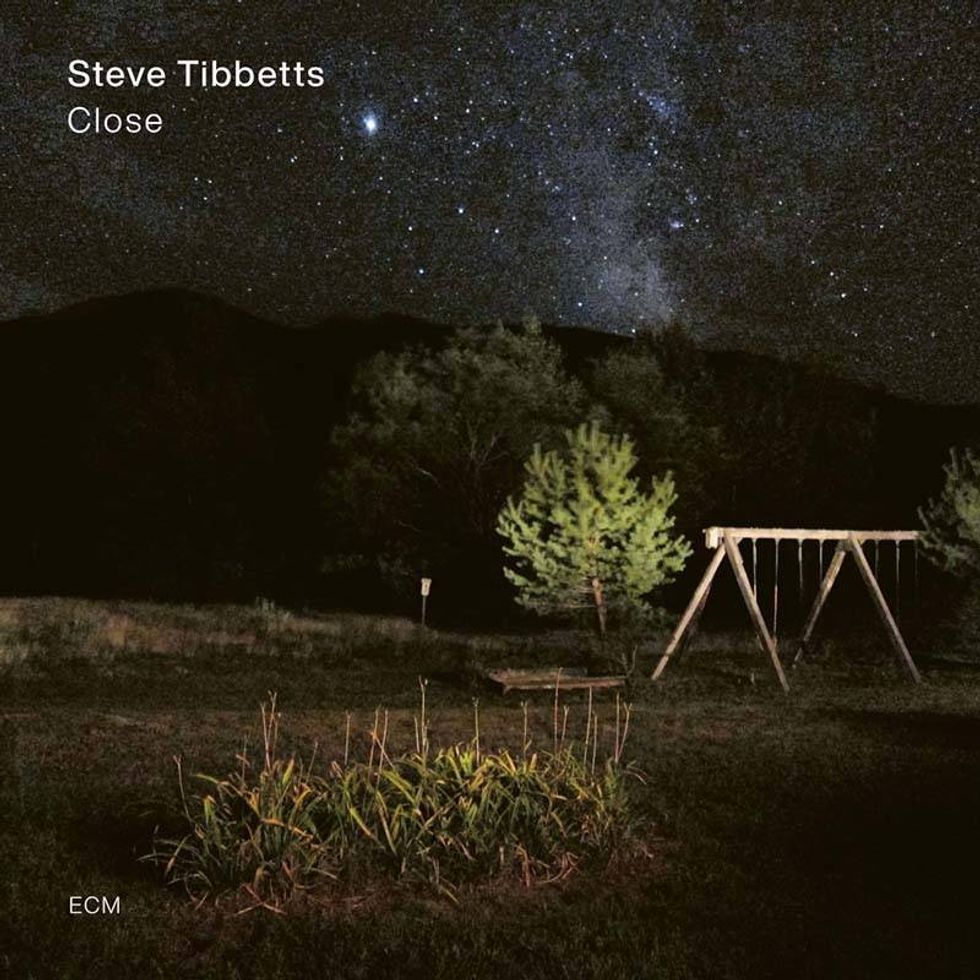The customer was commenting on how badly it squealed under medium gain conditions, with the bridge pup being the worst offender. The guitar had been hot-rodded years ago via a well known So. CA guitar wizard, very similar to the Gibson Jimmy Page signature model LP with all the push/pull pots.
So the task was to recreate the problem in the shop and isolate tweedy bird. We figured there were a number of solutions and questions. Were the pickups potted, was the cover loose, was it a cold solder joint, bad pot, etc? Potting a pickup to me is a last case scenario because it will alter your tone and you will loose some of that VHF (Vertical Hair Factor) but if it’s a microphonic cover issue you can remedy that with a piece of double stick tape (or a small amount of melted wax) between the pickup bobbins and cover, then soldering the cover into place.
So we fired up a haystack of gain and righteous volume and that baby squealed like a pig. Suey! First we did a quick pot cleaning but saw no improvement. Next we pulled the bridge pup cover off, again tested and nothing. I started twirling on the pots to see what else could be going on. I quickly noticed that turning the tone pots down from 10 to 9 immediately got rid of tweedy. We were able to get away with replacing the two tone pots and re-install his humbucker covers that housed a set of original Gibson T-tops
Just goes to show that when pots wear out they may not always sound scratchy and can sometimes exhibit other odd behavior. In this situation we opted for a set of RS Guitarworks 500K push/pull pots with their 3/8” diameter shaft that retrofit perfectly into a stock Gibson hole, versus many of the other smaller shaft push pull pots out there, in which you would need hole reducers to install properly without damaging the pot.
Going Nuts
I will be married by the time you read this but that’s not the nuts I’m talking about (ha!). There’s a variety of nut materials and suppliers available, but what material do you use and why? Beauty, tuning stability, wear factors, maintenance, tone, cost, etc, all play a part in making this choice. If I could only choose one, tuning stability would be it hands down, with tone a close second.
To me, bone has always been the tone reference benchmark, but now that I’ve been using it consistently for the past year, I want to go back to Delrin. One thing people always loved about my original Baker models was that they stayed in tune wonderfully using standard Grover non-locking tuners. The truth of the matter is it’s all in the nut material, Delrin. It’s a very slick material often used for making crazy glue bottles because nothing likes to stick to it, also found in NASCAR suspension parts.
I buy it in a square foot sheet, 3/16” thick for Gibson or 1/8” for Fender nut-like guitars. It’s available in a variety of shapes from dowel, sheet, cubes, etc; white is the primary color, but it’s also available in black. For the most part it’s easy to work with using a belt sander or bandsaw to do your rough work. Slotting the stuff is a little trickier than say a bone nut – it cuts slowly with files, since it’s so slick and is impossible to repair with Delrin or bone dust if you slot too deep. Why? Nothing sticks to it, although a few drops of crazy glue will hold it in position just fine when installing the nut into a nut slot (the rare case where glue works). When I see a Delrin nut all polished up, it looks like a good ole vintage nut from a ‘59 LP, which was pretty stark white with aged lacquer all over it. That’s what I love about bone nuts – they polish very well and look like a shiny tooth. But if you get any stain on it during raw wood prep, bone is unforgiving; with Delrin, light sanding or scraping and it’s clean as a whistle again. Tusk is available through Graph Tech, and is the closest thing to Delrin I have found with equaled results. Tonewise, Delrin and Tusk will have slightly dulled highs but I think even the most finicky of ears will quickly appreciate its inherent tuning superiority and override any micro tone issues. At $17 a sheet you can slice a sheet into roughly 144 nuts.
There are other alternatives, including graphite – which sounds fine but wears quickly – brass, real fossilized ivory, various shells, Corian, and other synthetic materials. There is abalone sheeting available, which can be crazy glued onto bone nuts in sections, sanded and polished for a stunning appearance if you need an art piece.
Any questions or comments visit www.finetunedinstruments.com www.meangene.org or email me at info311@verizon.net Fine Tuned Instruments LLC, home of b3 instruments.


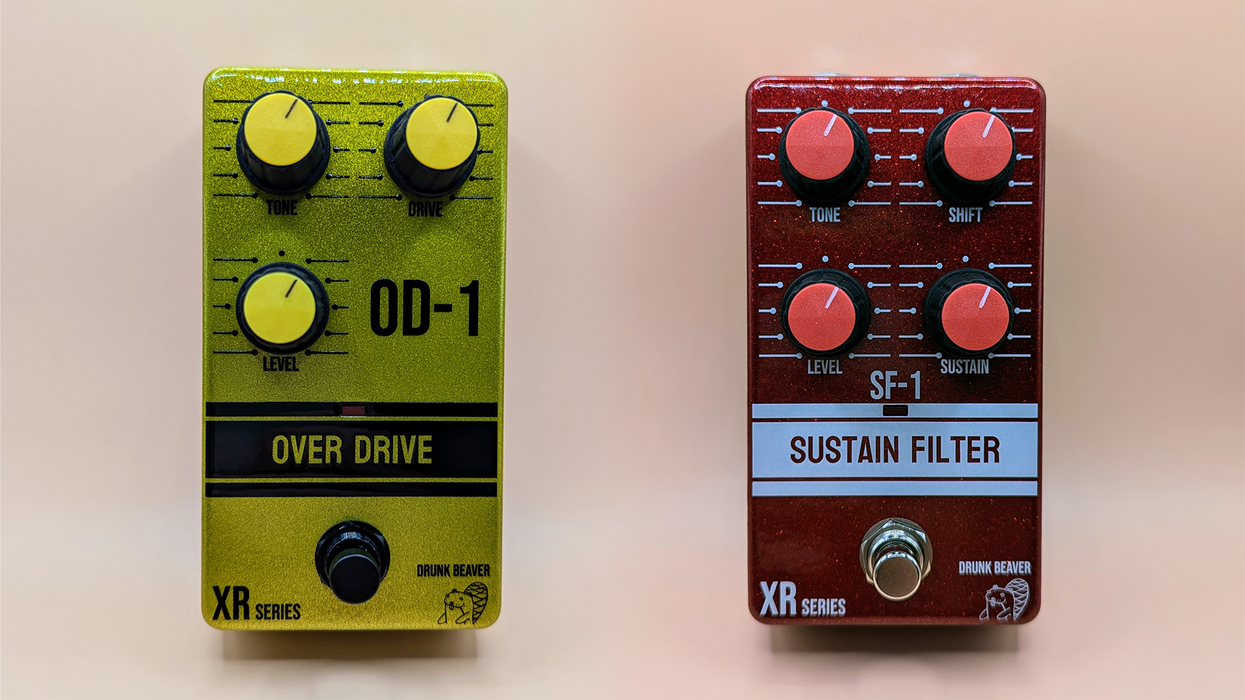
![Rig Rundown: John 5 [2026]](https://www.premierguitar.com/media-library/youtube.jpg?id=62681883&width=1245&height=700&quality=70&coordinates=0%2C45%2C0%2C45)
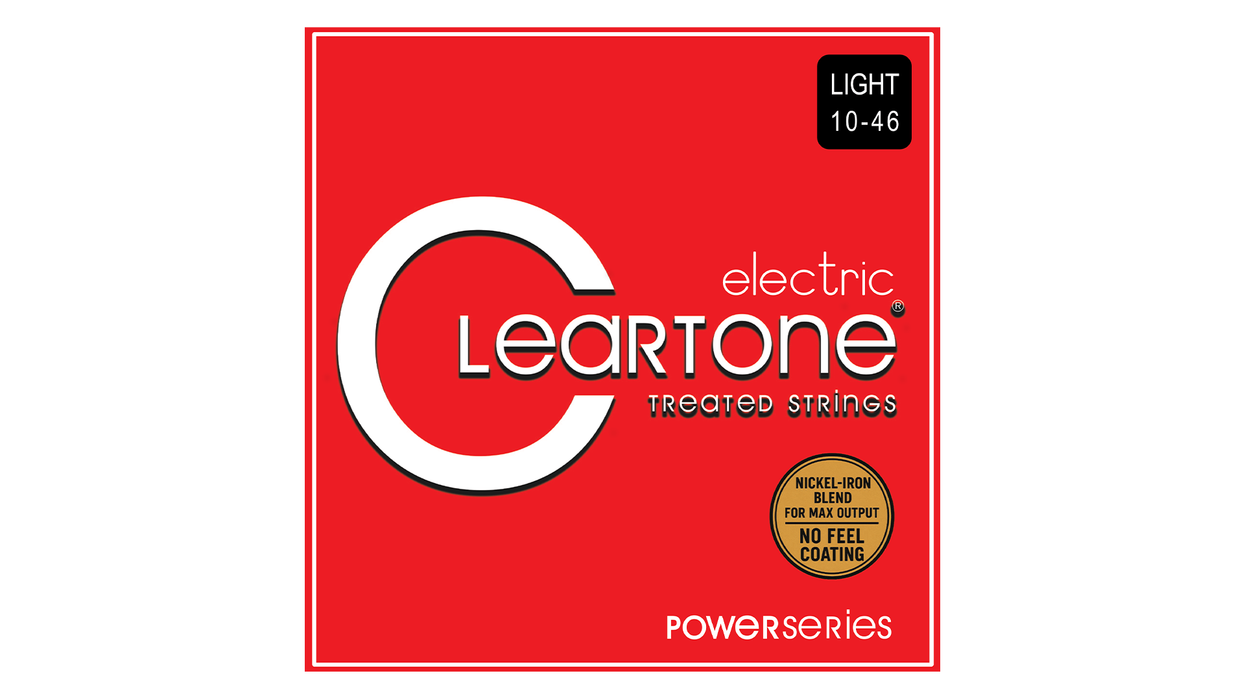
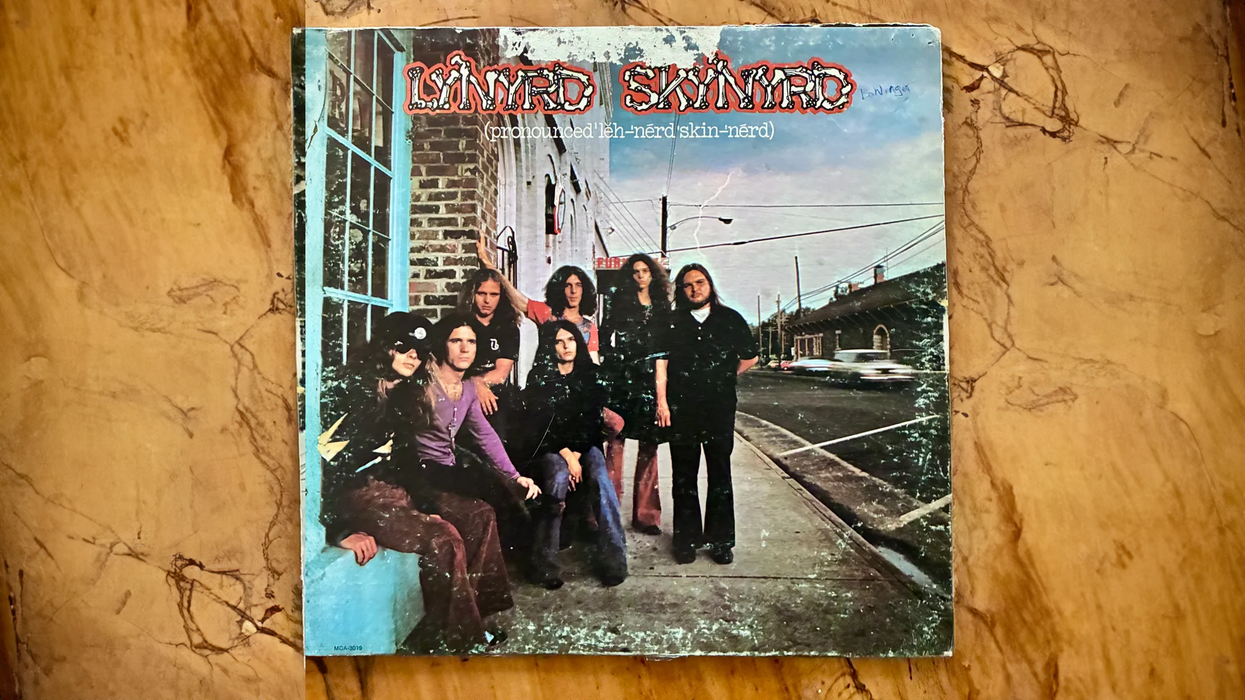
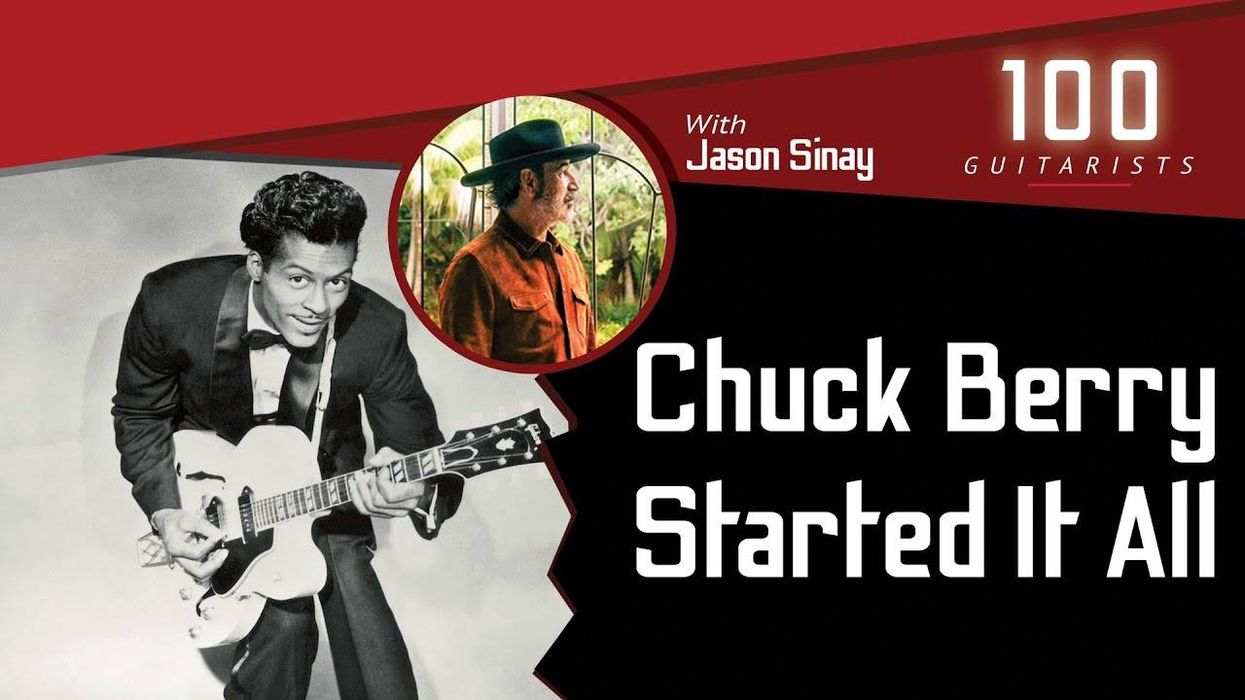
 This Episode Brought to You By: www.premierguitar.com
This Episode Brought to You By: www.premierguitar.com 






